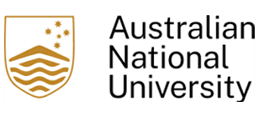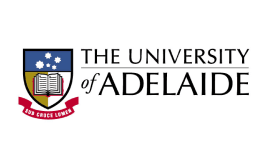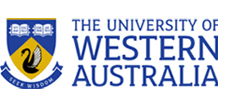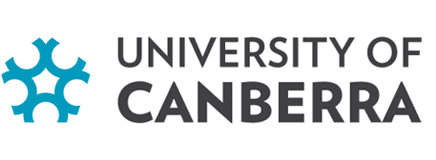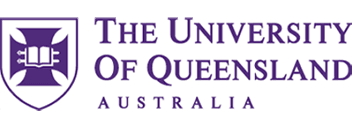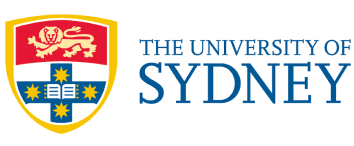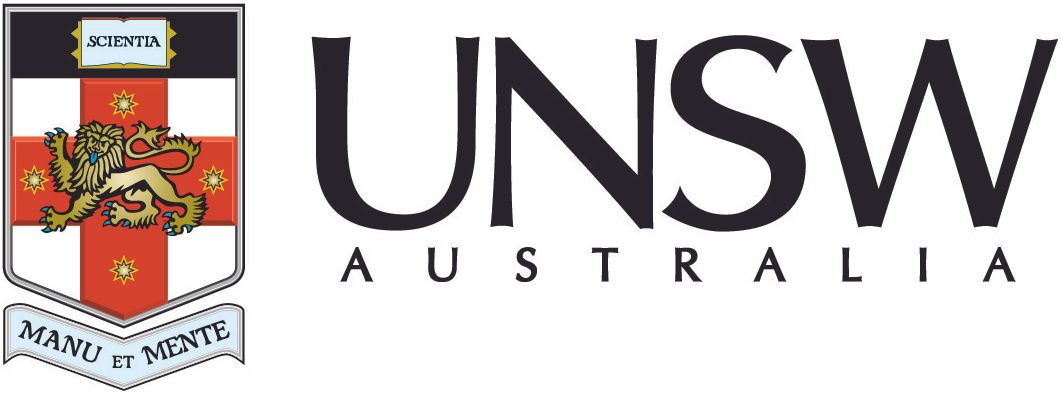Experts commend new South Australian Biodiversity Act and flag important next steps
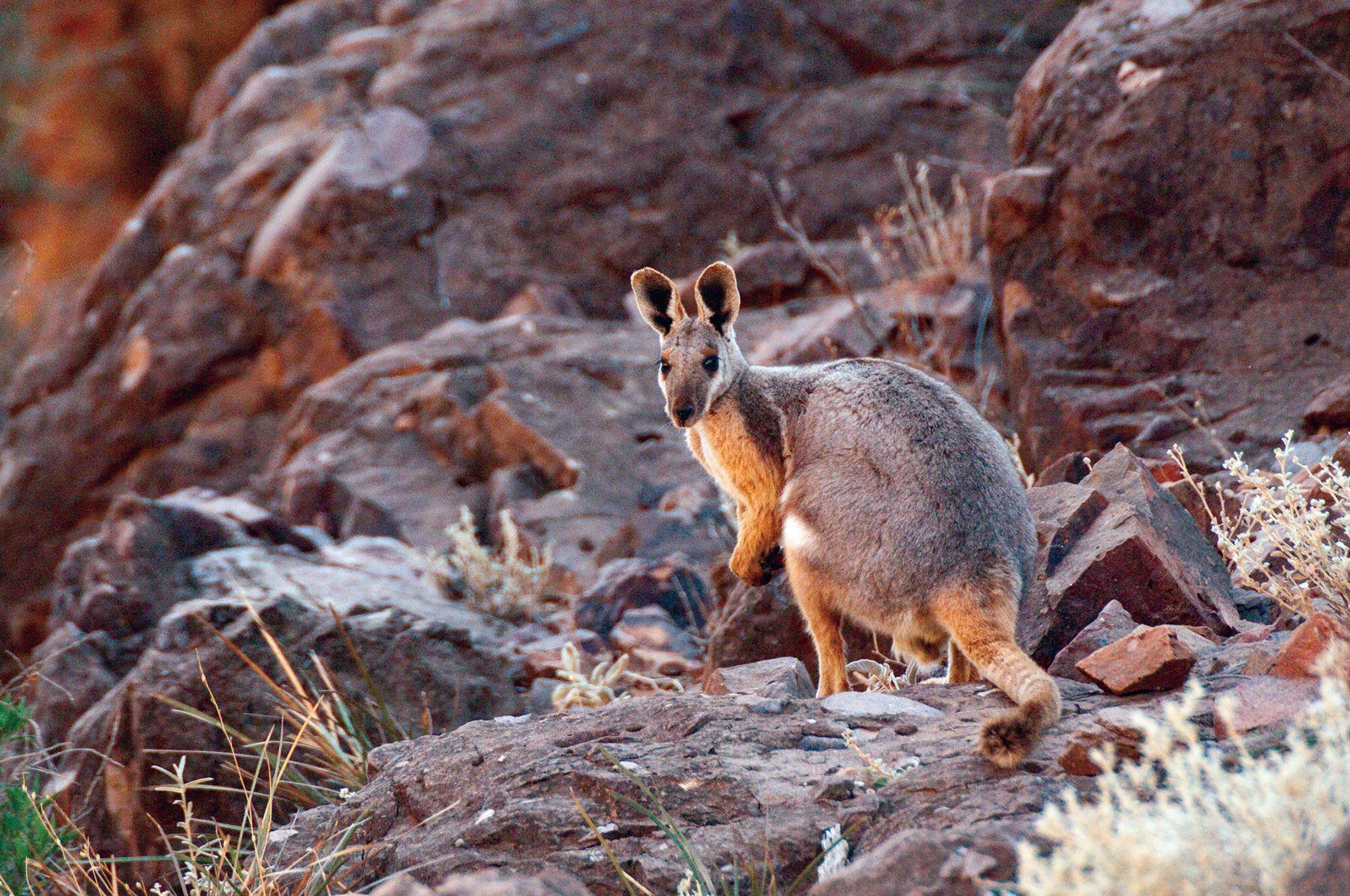
Image: Rolf Lawrenz / Wikimedia commons CC BY 4.0
News story
1 July 2025
The Biodiversity Council has commended South Australia’s Malinauskas Government and Environment Minister Susan Close on passing the new South Australian Biodiversity Act through parliament on 18 June.
A reformed approach to managing SA’s environment is critical, as the state’s biodiversity is rapidly declining due to historical and current pressures, including climate change.
The South Australian Government has announced that the new legislation will be implemented in a staged manner over the next two years. The National Parks and Wildlife Act 1972 and the Native Vegetation Act 1991 will continue to work the same way they currently do. For example, current requirements to seek approval to clear native vegetation or to apply for wildlife permits remain unchanged.
The Department for Environment and Water is now working on developing the subordinate legislation – the regulations and required policies and guidelines – and the establishment of new governance bodies.
Read on for what some of our Biodiversity Council experts had to say about the new South Australian Act.
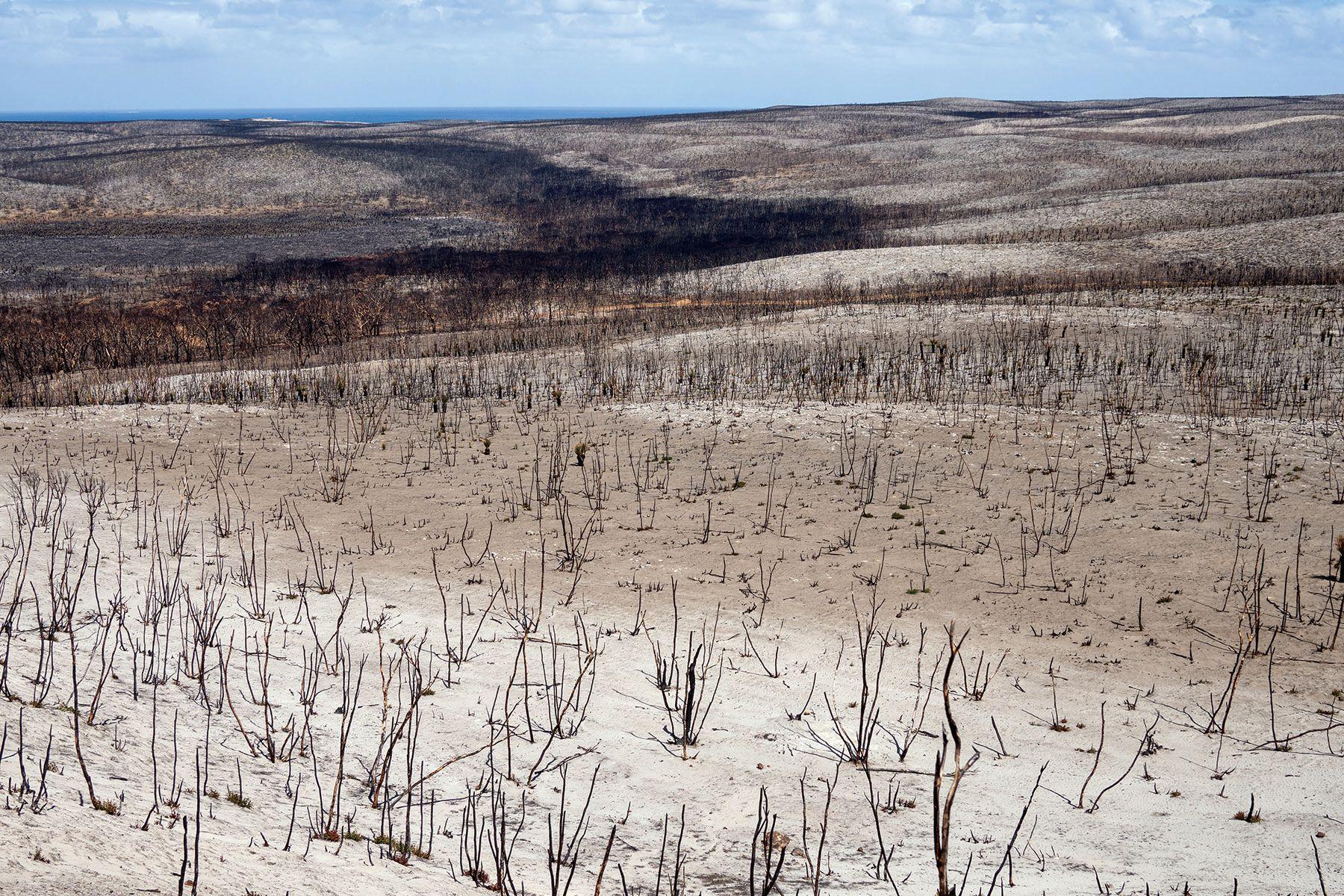
Kangaroo Island after Black Summer fires. Image: Nicolas Rakotopare.
Biodiversity Council member Dr Jess Marsh, from the University of Adelaide, said the new legislation has many positive features.
“This Act and the inclusion of a general duty to not harm biodiversity is a significant step forward in the protection of South Australia’s plants, animals and ecosystems,” said Dr Marsh, an expert in invertebrate taxonomy and conservation.
“It also rightly recognises the importance of protecting critical habitat for threatened species. Protecting these areas will benefit many co-occurring species — including fungi and invertebrates — that lack sufficient data to be listed and protected individually.
“It is also good to see that the definition of animals has been expanded to include all species from the animal kingdom, and for the term protected animal to now explicitly include threatened invertebrates.
“Hopefully, this will lead to greater representation of imperilled invertebrates in state listings and stronger protection for them.”
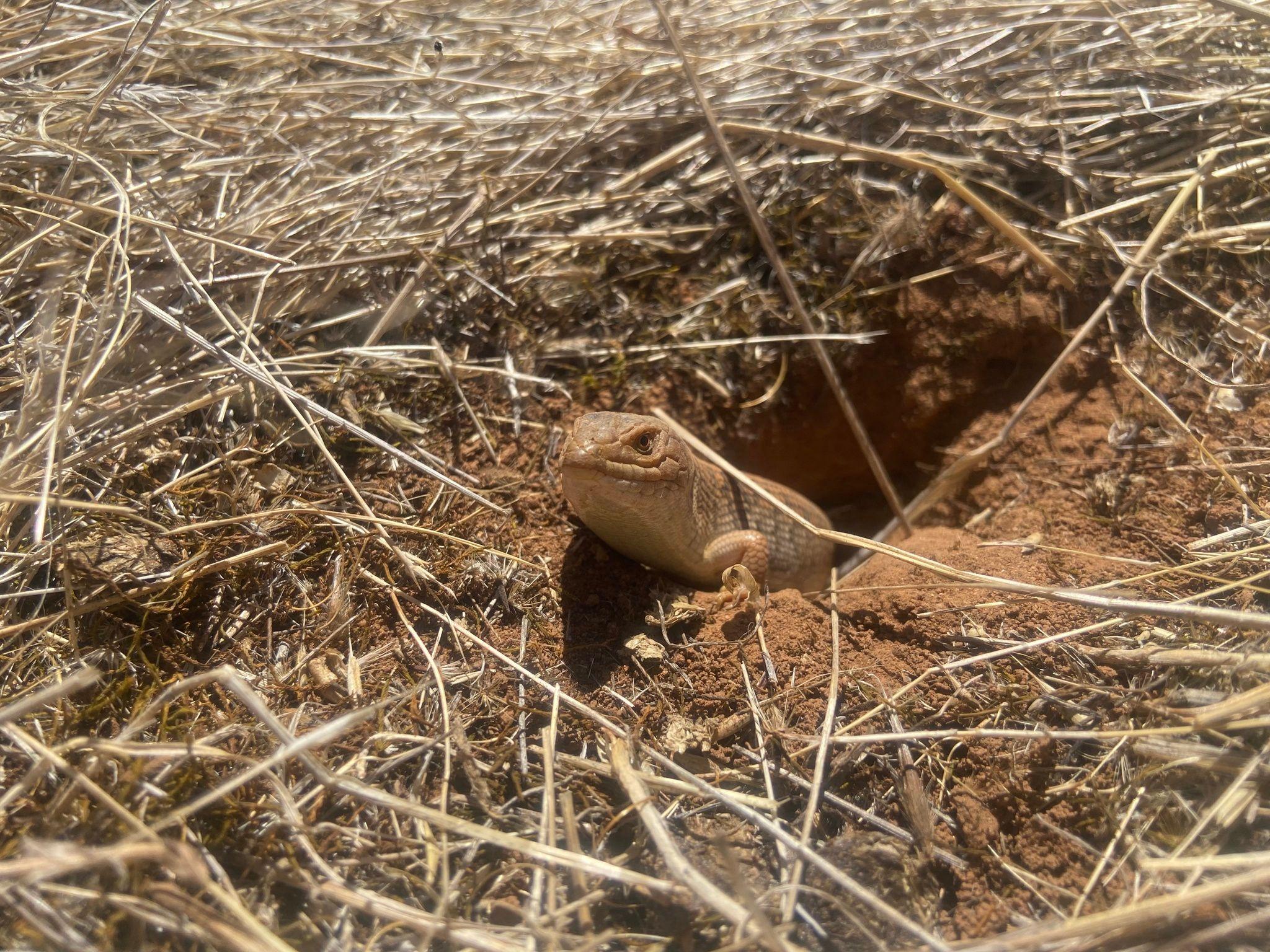
Adelaide pygmy blue-tongue skink. Image: Antoni Camozzato / iNaturalist CC BY NC.
Biodiversity Council Policy and Innovation Lead Lis Ashby said some of the Council’s key recommendations have been adopted — notably, ensuring the Biodiversity Act isn’t overridden by other legislation.
“With this Act, projects likely to significantly harm biodiversity must be referred for approval under the Act — even if already approved under other laws such as mining or development.
“This is a critical improvement and places SA ahead of some other states where development approvals can trump the need for an environmental approval. If we want to maintain liveable landscapes, development cannot continually come at the expense of the environment.”
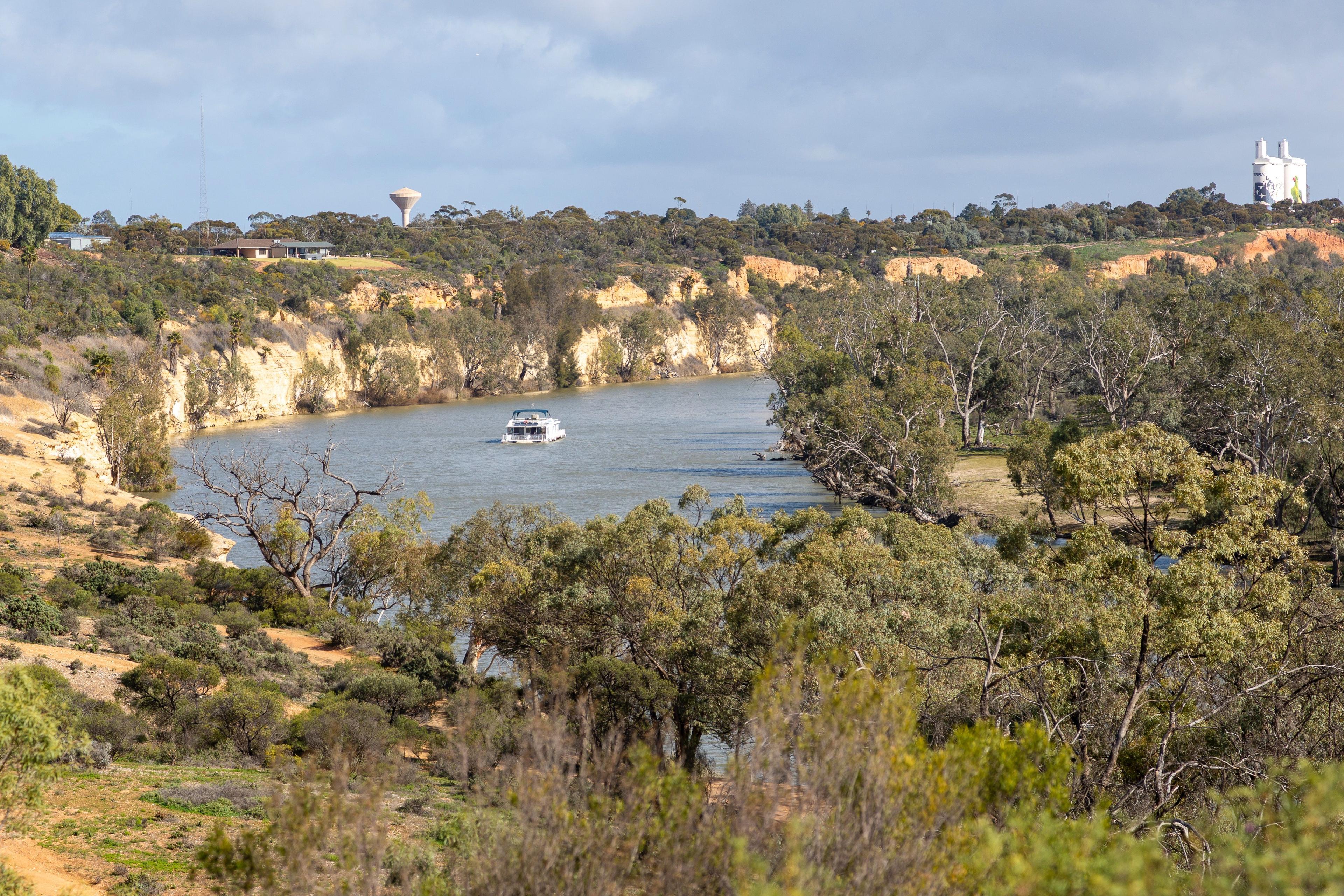
Murray River near Wikerie. Image: Stephen Mabbs / Unsplash.
Biodiversity Council member and Aboriginal Researcher Teagan Shields said that the Act would establish an Aboriginal Biodiversity Committee to provide advice to the Minister on the management of biodiversity from Aboriginal perspectives.
“This Act also better recognises and enables Aboriginal-led management of tangible and intangible elements of Culturally Significant Biodiversity Entities.”
The Biodiversity Council says that the new Act is a solid foundation that must now be built on to improve the state's sustainability.
Biodiversity Council member Patrick O’Connor AM, a Professor in the School of Economics and Public Policy at the University of Adelaide and the Director of the Centre for Global Food and Resources, said that the next steps are just as important.
“The new South Australian Biodiversity Act is a very positive step forward for protecting, conserving and restoring biodiversity across the state,” said Professor O’Connor AM.
“The vital next step is the development of regulations and policies to uphold the Act, to ensure that it delivers its promise.
“The Department of Environment and Water needs to be adequately resourced to ensure the regulations and policies are well designed and to resource consultation to gain community input and support.
“Funding and other resourcing are also needed to ensure the new regulations are well communicated and enforced.”
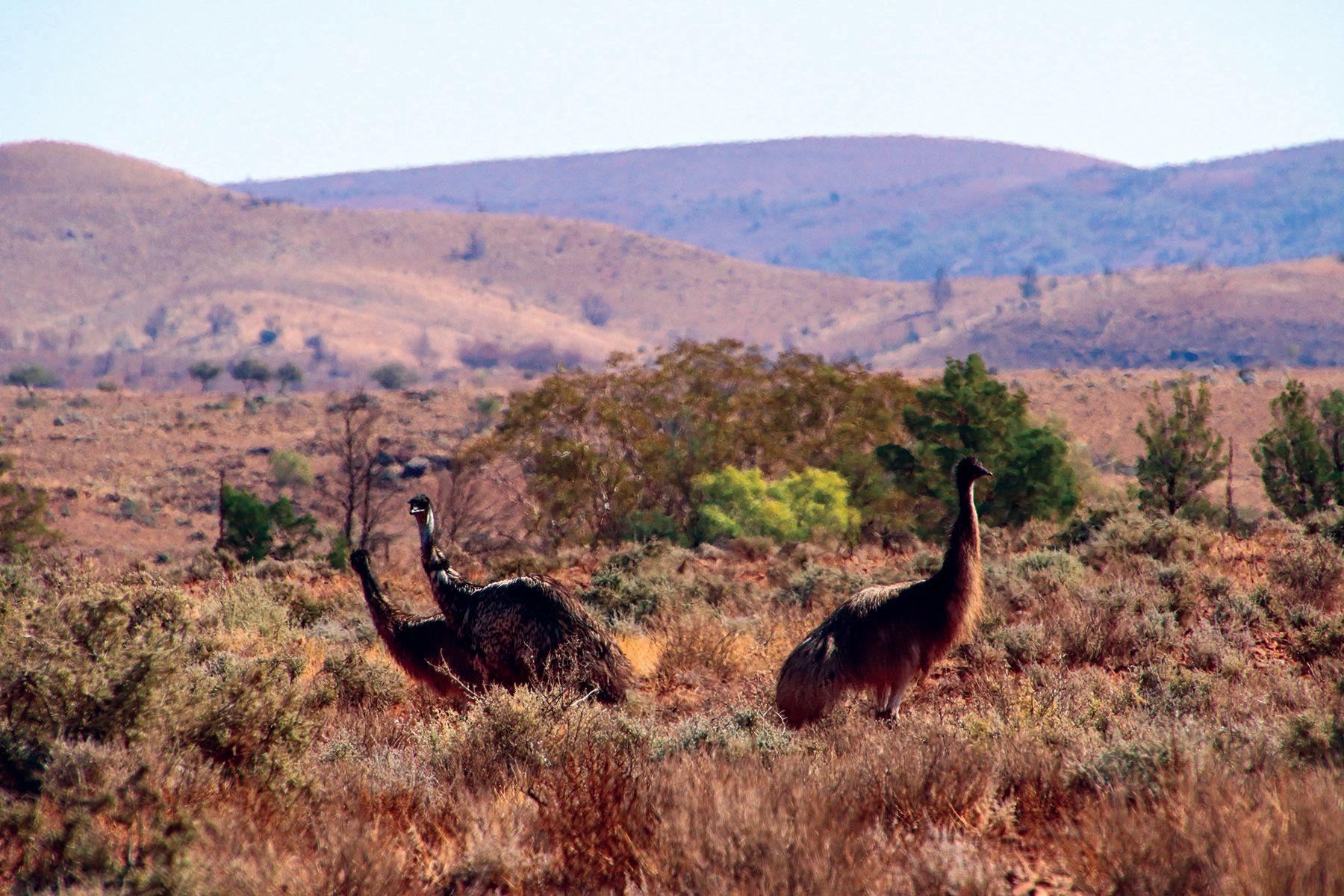
Emus in Flinders Ranges. Image: Megan Clark / Unsplash
Biodiversity Council Co-Chief Councillor Professor Hugh Possingham FRS, from the University of Queensland, welcomed many of the Act’s features.
“Including provision for identifying and mapping “critical habitat” for listed species is a major step forward – the Federal Government should follow suit. If implemented, this secures species and provides clarity for industry.”
However, Professor Possingham also stated that improved regulations are only half of what is needed for a healthy South Australian Environment; increased investment in conservation programs is now essential.
“It’s estimated that reversing South Australia’s biodiversity decline would require around ten times the current environmental investment.”



